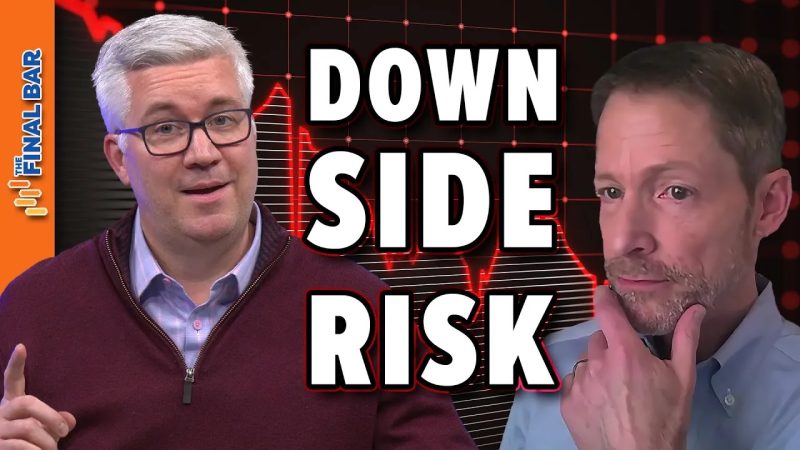In the world of investing, navigating the markets can be a daunting task, especially when faced with the uncertainty of downside risk in a bullish market. While bull markets typically bring optimism and potential for growth, it is crucial for investors to understand and manage the risks that come alongside the upward trend.
One key aspect to consider when assessing downside risk in a bullish market is the concept of market volatility. Volatility refers to the degree of variation in the price of a financial instrument over time. In a bullish market, heightened volatility can increase the potential for sudden and significant price swings, which may lead to unexpected losses if not properly managed. Investors should approach such market conditions with caution and consider implementing risk management strategies to protect their portfolios.
Another factor that contributes to downside risk in a bullish market is the presence of overvalued assets. During a bull market, investor optimism and positive sentiment can drive asset prices to levels that may no longer be supported by their fundamentals. This creates a scenario where assets become overvalued, leaving them vulnerable to corrections or market downturns. It is essential for investors to conduct thorough valuations and due diligence to identify overvalued assets in their portfolios and take appropriate action to mitigate the associated risks.
Additionally, the influence of macroeconomic factors cannot be overlooked when considering downside risk in a bullish market. Economic indicators such as inflation, interest rates, and geopolitical events can impact market sentiment and lead to increased volatility. Investors should stay informed about key economic developments and trends and adjust their investment strategies accordingly to navigate potential risks in a changing market environment.
Moreover, the importance of diversification cannot be overstated when managing downside risk in a bullish market. Diversifying across asset classes, sectors, and geographic regions can help spread risk and reduce the impact of adverse market movements on a portfolio. By maintaining a well-diversified portfolio, investors can potentially offset losses in one area with gains in another, providing a buffer against downside risk and enhancing overall risk-adjusted returns.
In conclusion, while bullish markets offer opportunities for growth and prosperity, investors must remain vigilant and proactive in managing downside risk to safeguard their portfolios. By understanding the factors that contribute to downside risk, staying informed about market developments, and implementing risk management strategies such as diversification, investors can navigate the uncertainties of a bullish market with greater confidence and resilience.

